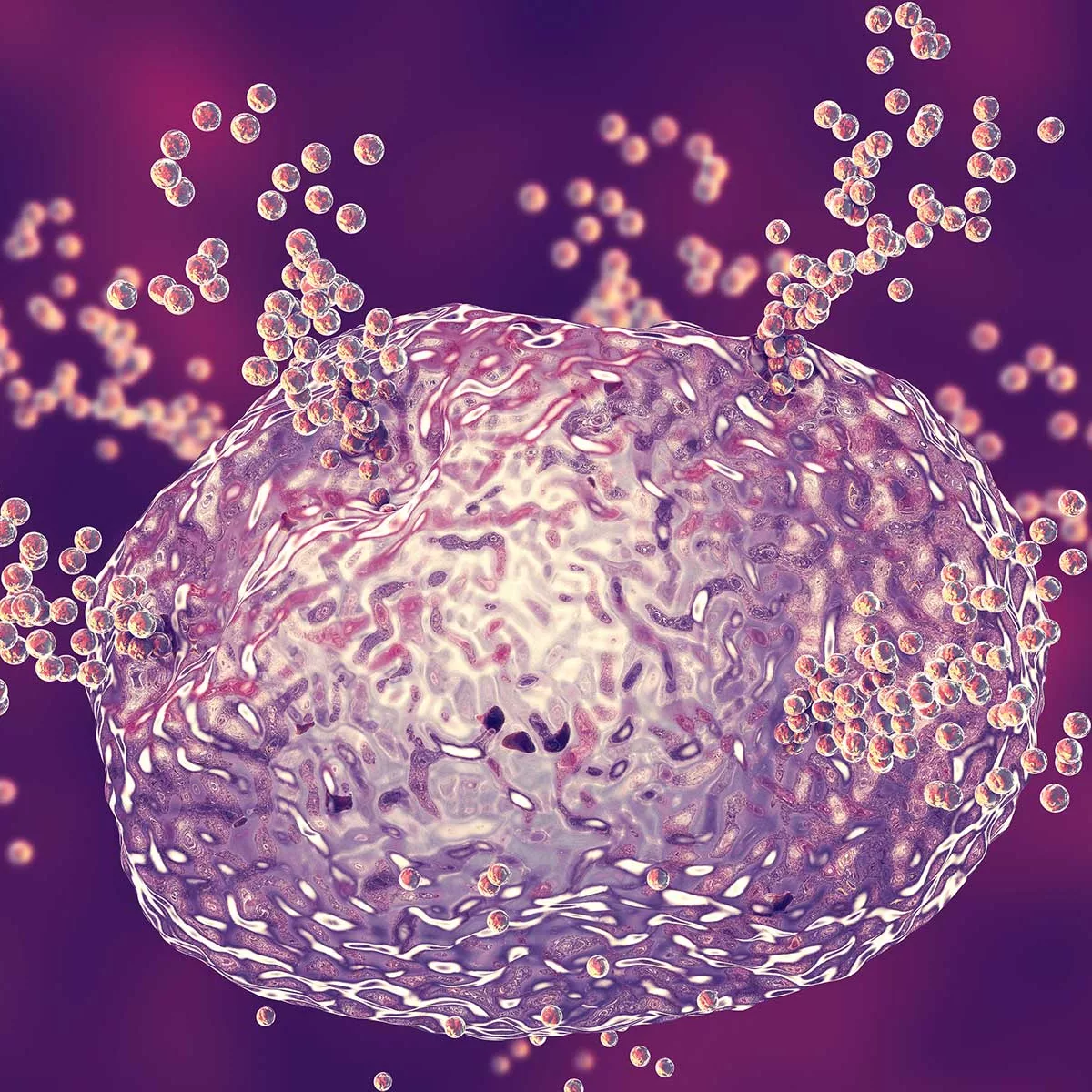Is blood sugar instability related to chronic pelvic pain? The short answer is, yes!
 Usually, until a person is diagnosed with pre-diabetes or diabetes, they don’t know that they have blood sugar instability. But, there are some simple ways to determine if your patient’s blood sugar instability and/or insulin resistance is related to their chronic pelvic pain or other chronic pain.
Usually, until a person is diagnosed with pre-diabetes or diabetes, they don’t know that they have blood sugar instability. But, there are some simple ways to determine if your patient’s blood sugar instability and/or insulin resistance is related to their chronic pelvic pain or other chronic pain.
When mindfully listening to your patients share their health history, consider the following clues to blood sugar dysregulation and insulin instability:
First, your patient should feel stable energy, and not be extremely hungry throughout the day.
If they feel “hangry” or experience uncomfortable hunger, mood instability, fatigue, or grumpiness that is relieved by eating, that’s a clear sign of blood sugar dysregulation and instability.
When eating induces either fatigue or leads to a significant improvement in energy, that’s a sign of blood sugar dysregulation and instability.
She should be able to easily wait at least 6 hours between meals, without needing a snack.
Sugar cravings are a sure sign of blood sugar dysregulation and instability. And, your patient should be able to sleep through the night without waking between 2:00 am and 4:00 am, sometimes even waking up hungry.
Blood Sugar Instability and Chronic Pelvic Pain
Once you identify that there is an issue with blood sugar instability and/or insulin resistance, consider the research on the connections between blood sugar instability/ insulin resistance and chronic pelvic pain.
In rats, a bidirectional relationship has been found between nerve injury and hypersensitivity, and insulin resistance (Zhai, et al., 2016).
In other words, insulin resistance can render the nerve injury more hypersensitive (which isn’t surprising), and nerve compression injuries can exacerbate insulin resistance.
This was initially surprising to me, but when you consider that pain itself is a stressor to the hypothalamic-pituitary-adrenal (HPA) axis, that makes sense.
To learn more about the connection between the HPA axis and pain, click here.
Chronic back and neck pain, especially when it’s more severe, is associated with diabetes (Dario, et a;., 2017). But, the underlying mechanism of why those with type 2 diabetes suffer more from chronic back and neck pain is not clear.
Women with insulin resistance (determined by fasting insulin levels) showed lower electromyographic activity of the pelvic floor muscles (Mucussi et al., 2015), while this may or may not relate to pelvic pain, it could certainly be a factor in incontinence or pelvic organ prolapse.

Strategies to Improve Blood Sugar Stability and Relieve Associated Chronic Pain
Recommend a rehab program of at least 4 weeks duration, to significantly decrease both insulin concentrations and pain, this has specifically been shown in morbidly obese populations (Doury-Panchout et al., 2017)
Reduce or eliminate sugar and sweeteners from the diet.
Increase vegetables in the diet to 8-10 servings daily
Consider having “Dinner for Breakfast” (instead of a sweet breakfast like bagels, cereal, or muffins.)
Some recipe ideas to start the day with less stress on your patient’s insulin receptors, and HPA axis:
Try a breakfast soup.
Enjoy a vegetable filled frittata.
Have a protein smoothie.
Taste a breakfast hash.
References:
Dario, A, Ferreira, M, Refshauge, K, Harmer, A, Sanchez-Romero, J, Perez-Riquelme, F, Cisneros, L, Ordonana, J, & Ferreira, P (2017) Mapping the association between back pain and type 2 diabetes: A cross-sectional and longitudinal study of adult Spanish twins, PLoS One, 12(4): e0174757. doi: [10.1371/journal.pone.0174757]
Doury-Panchout, F, Metivier, J-C, Nardoux, J, & Fouquet, B (2017) Visceral obesity and chronic pain: effect of a 4-week rehabilitation program on adipokines and insulin resistance, J Exerc Rehabil, 13(4): 464–471.
Mucussi, MT, Freitas, RP, Angelo, PH, Soares, EM, Lemos, ™, & Maranhao, ™ (2015) Evaluation of the relationship between the pelvic floor muscles and insulin resistance, Diabetes Metab Syndr Obes. 8,409–413.
Zhai, X, Sun, C, Rong, P, Li, S, McCabe MF, Wang, X, Mao, J, & Wang, S (2016) A Correlative Relationship Between Chronic Pain and Insulin Resistance in Zucker Fatty Rats: Role of Downregulation of Insulin Receptors, J Pain, 17(4):404-13. doi: 10.1016/j.jpain.2015.12.003.







